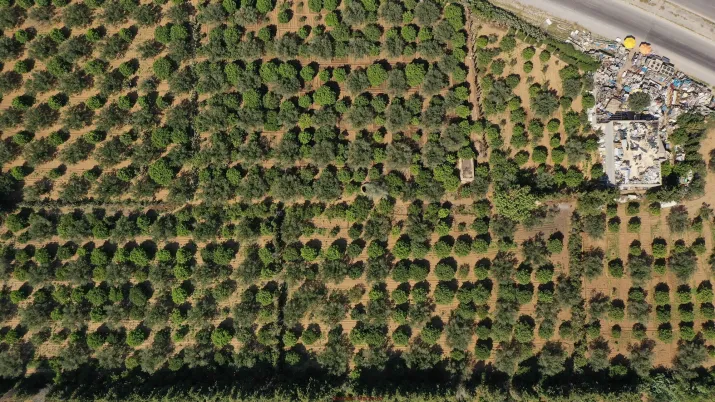Share the page
GEMMES Brazil: A tool to test public policies for the green transition

-
Project start date
-
2024Status
Ongoing
-
Project end date
-
2026
-
Global financing amount
-
750 000
-
Country and region
-
Partners
-
Research program
Brazil faces significant challenges in its low-carbon transition, including maintaining global competitiveness and avoiding macroeconomic imbalances. To address these, in partnership with the Ministry of Finance, and in cooperation with CEPAL and IPEA, AFD is developing an economic modelling tool to assess the impacts of public policies, specifically those related to the Ecological Transformation Plan.
Context
Brazil’s current development model, characterized by intensive use of natural resources and environmental degradation, has caused serious social and economic consequences. Additionally, the country faces the impacts of environmental degradation (extreme weather events, scarcity of natural resources, loss of biodiversity, reduced agricultural productivity…), that affect the poorest populations more severely.
In response, Brazil is actively engaging in the transition to a low-carbon economy. At COP28, in Dubai, Finance Minister Fernando Haddad has launched the Brazilian Ecological Transformation Plan (ETP). This Plan seeks to shift economic, technological and cultural paradigms towards sustainable development based on sustainable relationships with nature and its biomes. To achieve this, strong public and private investment – in sustainable infrastructure, clean technologies, and new production models – will be paramount.
However, achieving this ambition comes with significant challenges, particularly in maintaining external competitiveness. As it moves towards a greener economy, Brazil must ensure that its policies and investments do not compromise the competitiveness of its products in global markets, or create macroeconomic imbalances that could jeopardize the sustainability of these efforts.
Objectives
In partnership with the Ministry of Finance, and in cooperation with CEPAL and IPEA, AFD is developing a GEMMES economic modelling tool to test policy instruments capable of promoting a just and green transition.
The GEMMES Brazil model will serve to evaluate the impact of public policies, specifically the ones on the Ecological Transformation Plan, with a special focus on their long-term consequences for economic growth, employment, macroeconomic stability, and climate/environmental variables. Indeed, for a successful green transition, Brazil needs comprehensive and coordinated policies that not only cut emissions but also support socioeconomic development, protect the environment, and ensure macroeconomic stability.
GEMMES is an empirical structural macroeconomic model capable of identifying the specific dynamics of open developing countries. The model is built in partnership with local authorities and research institutes to guarantee that the tool is coherent with the country's needs and to assure that the partners are capable of using and improving independently. It is a monetary model that allows policymakers to test different policy instruments and identify the financial mechanisms and the consequences of these policies in different contexts.
Method
After developing a preliminary model calibrated with Brazilian data, the project team will refine the tool by incorporating the specific characteristics of Brazil’s sectoral, macroeconomic and financial framework:
- The model needs to account for the dynamics of interest and exchange rates and their impact on private investment and employment, as well as the fiscal and macro-financial constraints and the capacity of public investments in green infrastructure to drive a new ecological transformation plan.
- The model will also bring a sectoral approach to provide detailed estimates of the impact of climate measures and sectoral policies in the medium- and long-run, considering different domestic and international scenarios, as well as their capacity to strengthen strategic productive chains and promote structural change towards an economy less dependent on natural-resource exploitation.
Expected results
The project will result in a tool that models the macro-financial framework of the Brazilian economy, clearly identifying the mechanisms that determine interest rates and exchange rate dynamics, along with their impact on real variables (such as private sectoral investment decisions, exports, imports and market structure).
Throughout the project, the research team will organize workshops to ensure that the model responds to the specific needs of the Ministry of Finance, and training sessions will take place so that public policy analysts can use the model effectively to evaluate policy measures. Several publications, including one final book, are also expected.
Contact
-
Guilherme MAGACHO
Economist - Modeller
-
Gaëlle LE TREUT
Economist, modeller



